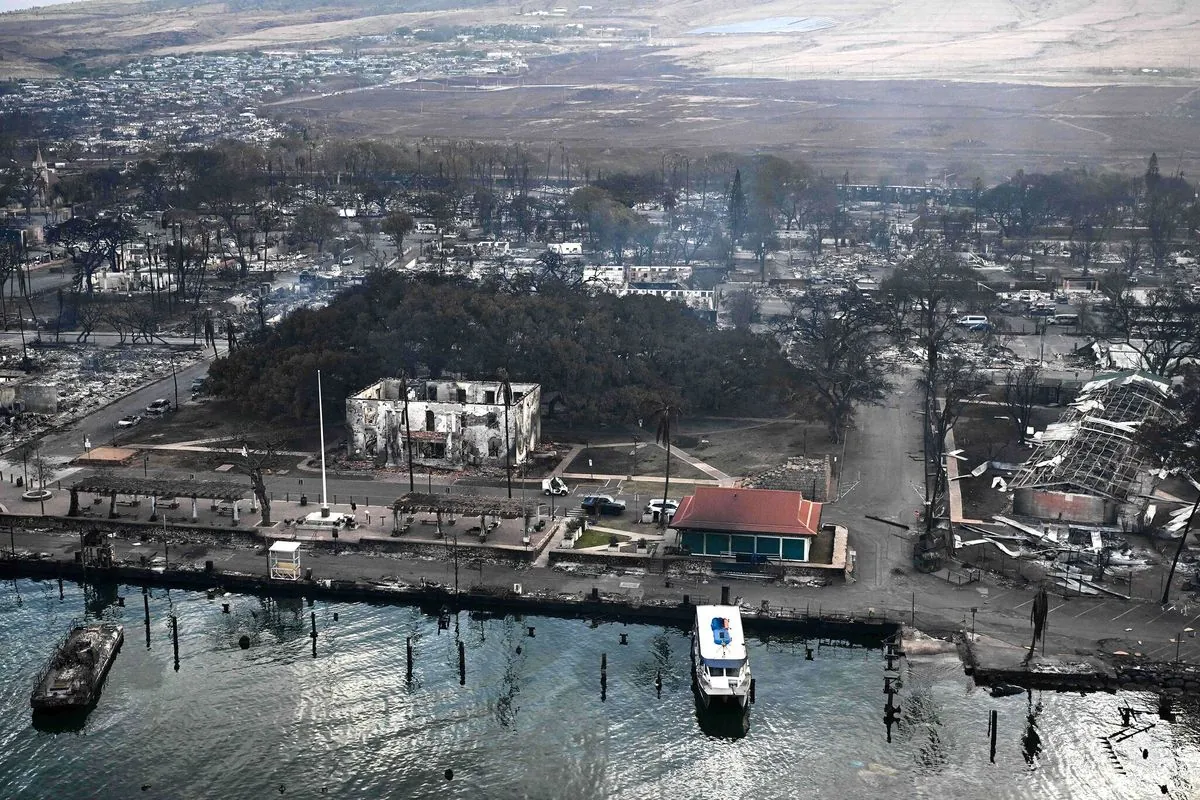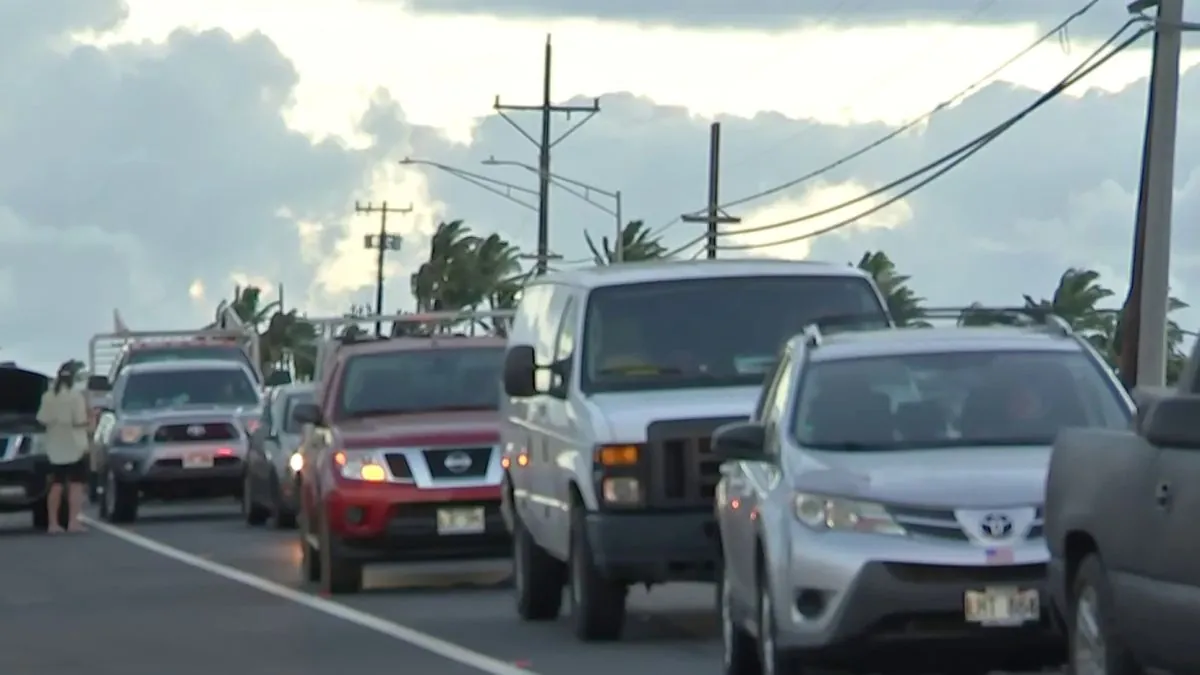Hawaii Officials Unprepared for Lahaina Fire Despite Warnings, Report Reveals
A new report highlights Hawaii officials' lack of preparation for the deadly Lahaina fire, despite meteorological warnings. The disaster, which occurred 13 months ago, claimed 102 lives and displaced thousands.

A recent report has shed light on the events surrounding the devastating wildfire that engulfed the historic town of Lahaina, Maui, on August 8, 2023. The 518-page document, compiled by the Fire Safety Research Institute for Hawaii's attorney general, reveals that state officials failed to adequately prepare for dangerous fire conditions despite receiving warnings from meteorologists.
The Lahaina fire, which occurred approximately 13 months ago, stands as the deadliest U.S. wildfire in over a century. Maui police confirmed 102 fatalities, with victims ranging from 7 to 97 years old. The majority of those who perished were in their 60s or older. This tragic event surpassed the death toll of the 2018 Camp Fire in northern California, which claimed 85 lives.
Communication breakdowns and traffic issues severely hindered evacuation efforts. The powerful winds that fueled the fire also knocked out electricity, cutting off internet, television, and radio access. Cell networks failed, preventing the dissemination of emergency alerts and hampering communication between residents. While police attempted to deliver warnings door-to-door, Maui County officials did not activate emergency sirens to alert residents to evacuate.

Many residents only realized the danger upon smelling smoke or seeing flames. Evacuation efforts were further complicated when police closed key routes to protect people from fallen power lines, resulting in severe traffic congestion. Some residents resorted to extreme measures to escape, including jumping into the ocean or swerving around barricades on the main coastal road.
The investigation into the fire's origin is ongoing, with attention focused on a small fire sparked by downed power lines early on August 8. While firefighters initially declared this fire extinguished, it appears to have reignited hours later, developing into the catastrophic inferno that consumed Lahaina. Hawaiian Electric Co. has acknowledged its downed lines caused the initial fire but denies responsibility for the later flare-up, citing that their lines had been turned off for hours before the fire's resurgence.
In the aftermath of the disaster, thousands of Lahaina residents have filed lawsuits against various parties, including Hawaiian Electric, Maui County, and the state of Hawaii. A $4 billion global settlement was reached last month, though it remains to be finalized due to ongoing legal discussions.
The fire displaced approximately 12,000 people, primarily renters, exacerbating an already strained housing market. The Federal Emergency Management Agency (FEMA) is currently assisting 1,700 households with rent payments and is working alongside state and nonprofit organizations to build modular homes for hundreds more. Maui's mayor has proposed legislation to convert 7,000 vacation rentals into resident housing to address the shortage. Despite these efforts, an estimated 1,500 households have left Maui due to soaring rents.
"The fire department hasn't yet received the ATF's findings."
As Lahaina begins its long journey to recovery, the Army Corps of Engineers has completed debris clearing on all 1,390 burned residential properties. Rebuilding efforts have commenced on 20 lots, marking the first steps towards restoring the historic town.
Lahaina, founded in 1828, served as the capital of the Kingdom of Hawaii from 1820 to 1845. The town's rich history includes its significance as a major whaling port in the mid-19th century and its designation as a National Historic Landmark in 1962. Prior to the fire, Lahaina's economy was primarily based on tourism, with its famous Front Street named one of the "Top Ten Greatest Streets" by the American Planning Association in 2011.
As the community grapples with the aftermath of this tragedy, the focus remains on supporting survivors, addressing housing challenges, and carefully planning the rebuilding process to honor Lahaina's cultural and historical significance.


































